
Empathic:
Interactive Music Therapy.
THE BREAKDOWN
Empathic brings socialized music and art therapy to children in hospitals who can't physically participate in group therapy sessions. Through digital drawing, children visualize classical music, which can then can be shared in an inter-hospital network.
MY ROLE
Lead / sole designer — discovery, user research, UX design, visual design, partial development
THE OBJECTIVE
Senior Thesis project at the University of Cincinnati's Graphic Communication Design B.S. program.
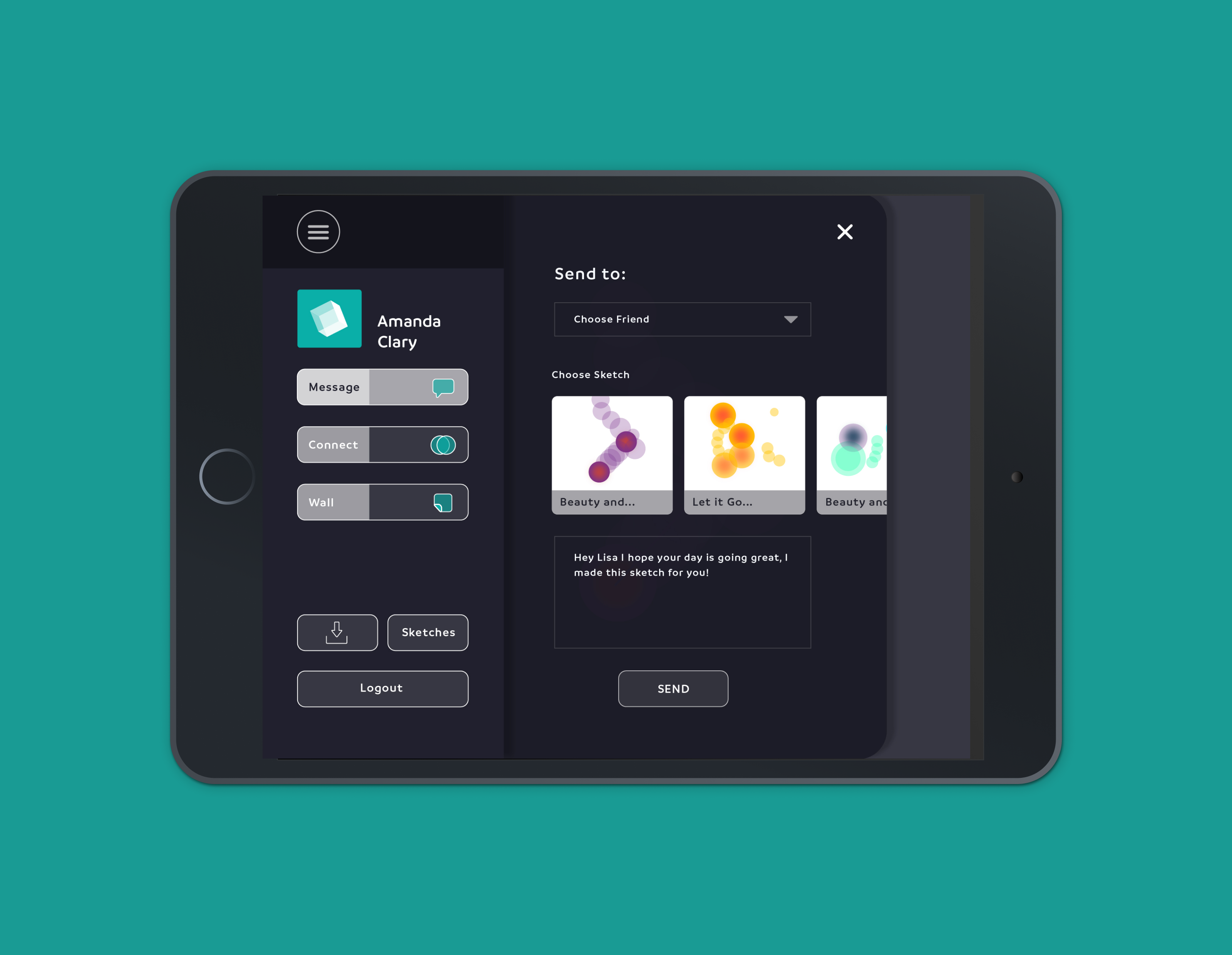
THE PROBLEM
Young children (age 6-9) who suffer from illnesses that require them to stay for an extended period in a hospital often experience feelings of fear, anxiety, depression and uncertainty. When not treated, this can prevent them from acknowledging or responding well to medical treatment.
OTHER KEY ISSUES
Group music therapy coupled with visual stimuli is often used as a calming in aid in situations like this, but not all children are able to participate in these groups.
Some children cannot participate in these sessions due to infection control, immobility, or risk of social over-stimulation.
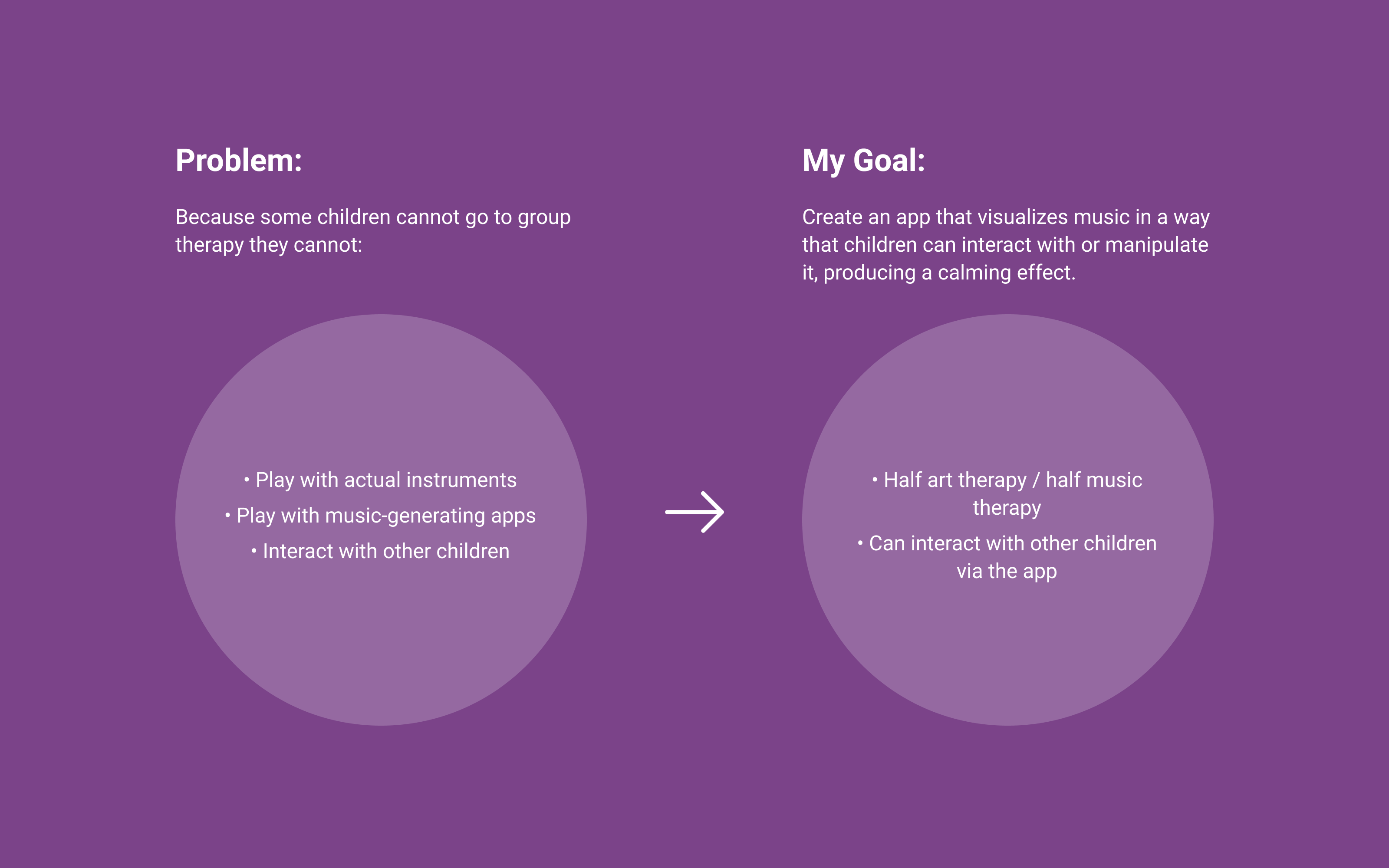

RESEARCH & INTERVIEWS
Because I now had a rough idea of my problem space and an initial problem statement from research I’d done, I began reaching out to music and art therapists (mostly in the Cincinnati area) to see if they could answer questions I had related to music therapy. I was not able to interview children in hospitals, unfortunately, due to liability reasons. I did speak with a handful of children of family friends, however, about toys and games. Some helpful feedback included:
- "One thing we do a lot at CCHMC is music-assisted relaxation. I could see a benefit to having a visual component to the live music we provide to help increase the relaxation effect. "
"Actively engaging or participating in music almost always delivers a deeper benefit, as through interaction individuals are using a greater variety of cognitive skills. I wonder if what you’re describing could even has potential as an assessment tool for patients who are nonverbal? Something to consider."
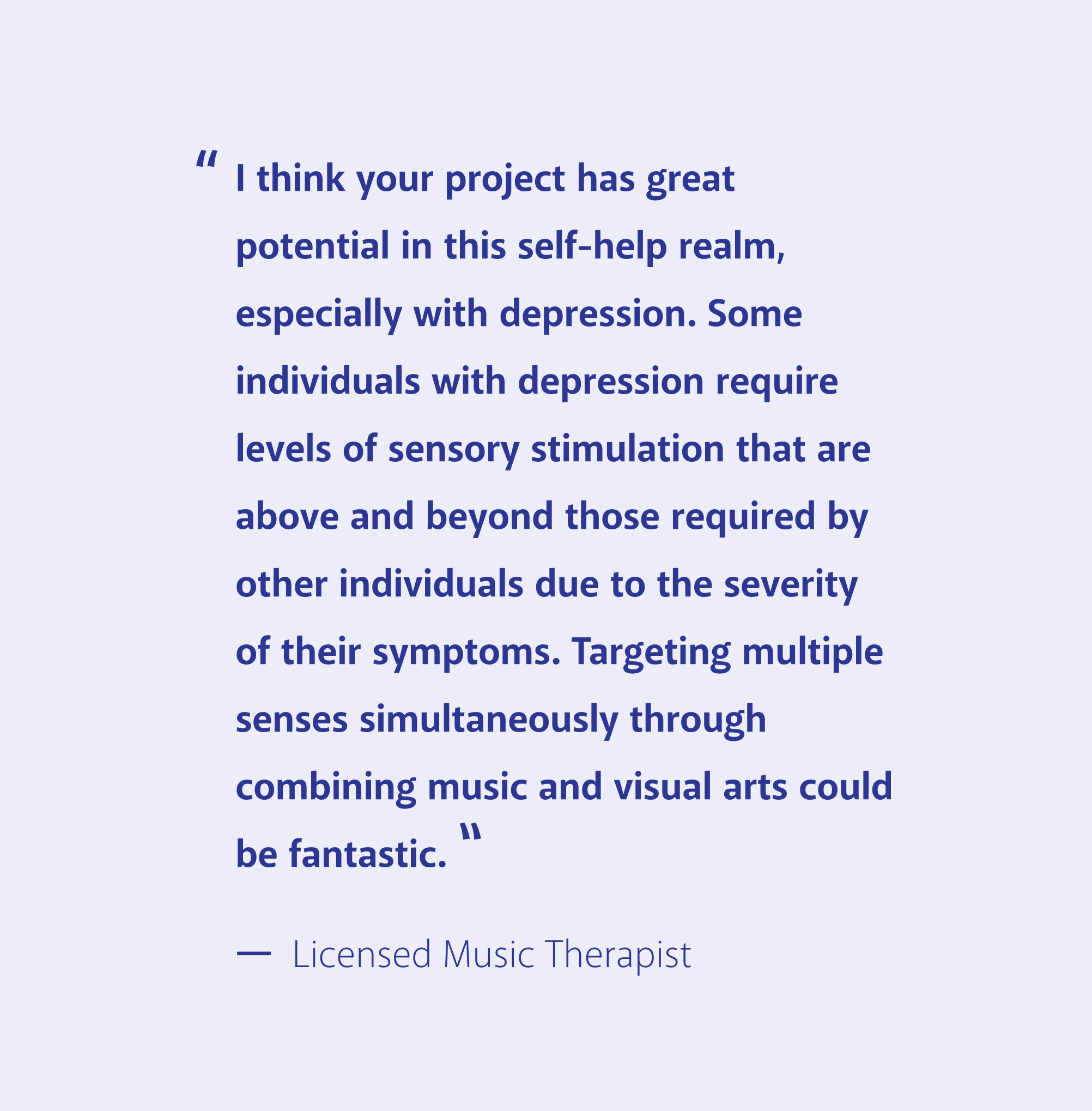

DESIRED SHORT & LONG TERM OUTCOMES
We were required to think of the short and long term impacts of our project. It was my hypothetical hope that children who felt safe, comfortable, and more relaxed would potentially have a shorter stay at hospitals. Obviously this is dependent on the reason why they are there, but studies have shown mental health greatly impacts physical health in these cases.
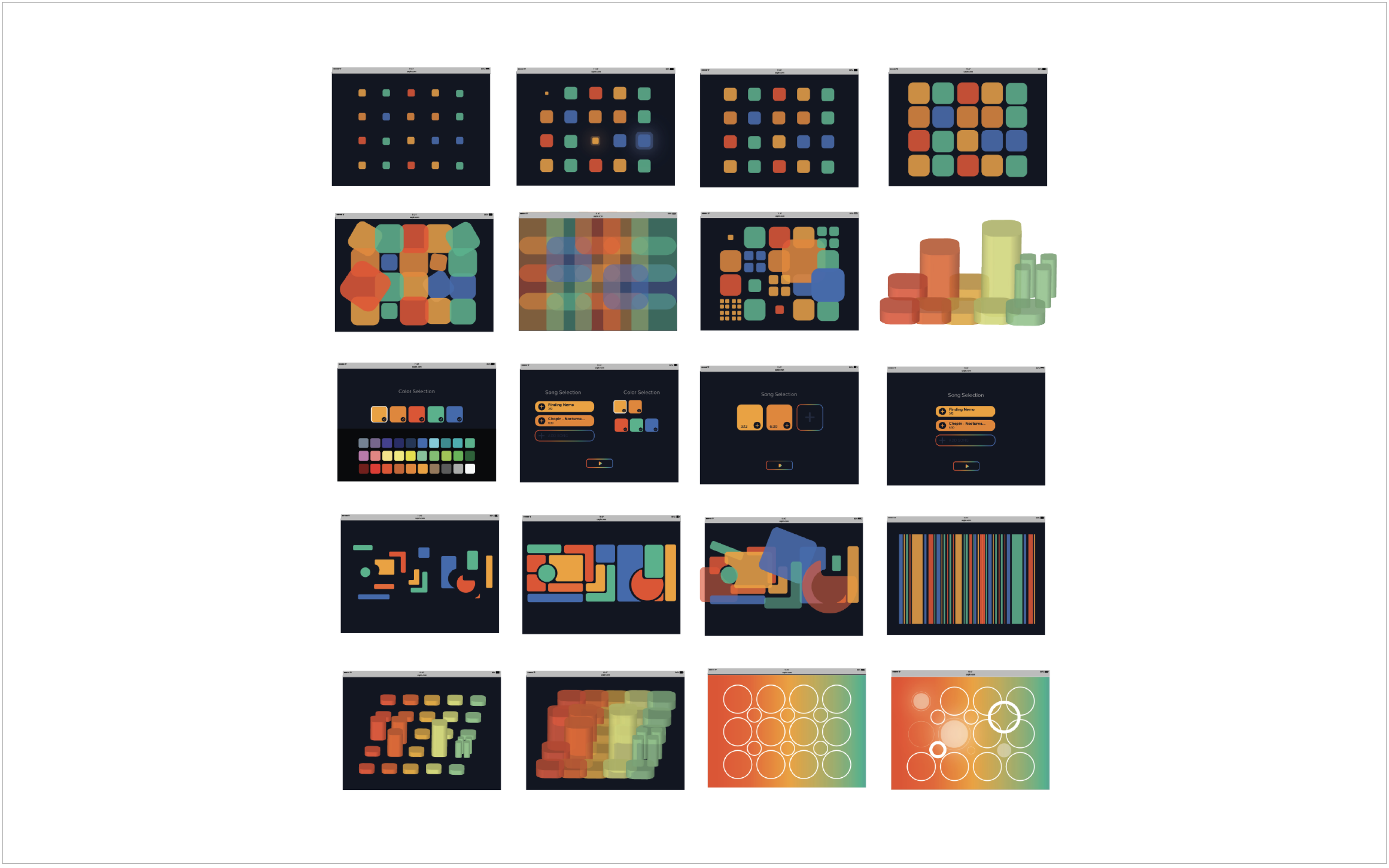
INITIAL VISUAL INTERATIONS
I had to figure out what type of visual elements and style I wanted these children to be interacting with. This lead to research into existing toys/games, color system, shapes, forms, etc.
By now I had figured out that I wanted music to play and visuals to appear on an iPad's screen, but for children to manipulate them in some way. This eliminated the pressure of starting from a blank slate. I needed to figure out what would happen when the children did touch the shapes/patterns that appeared.

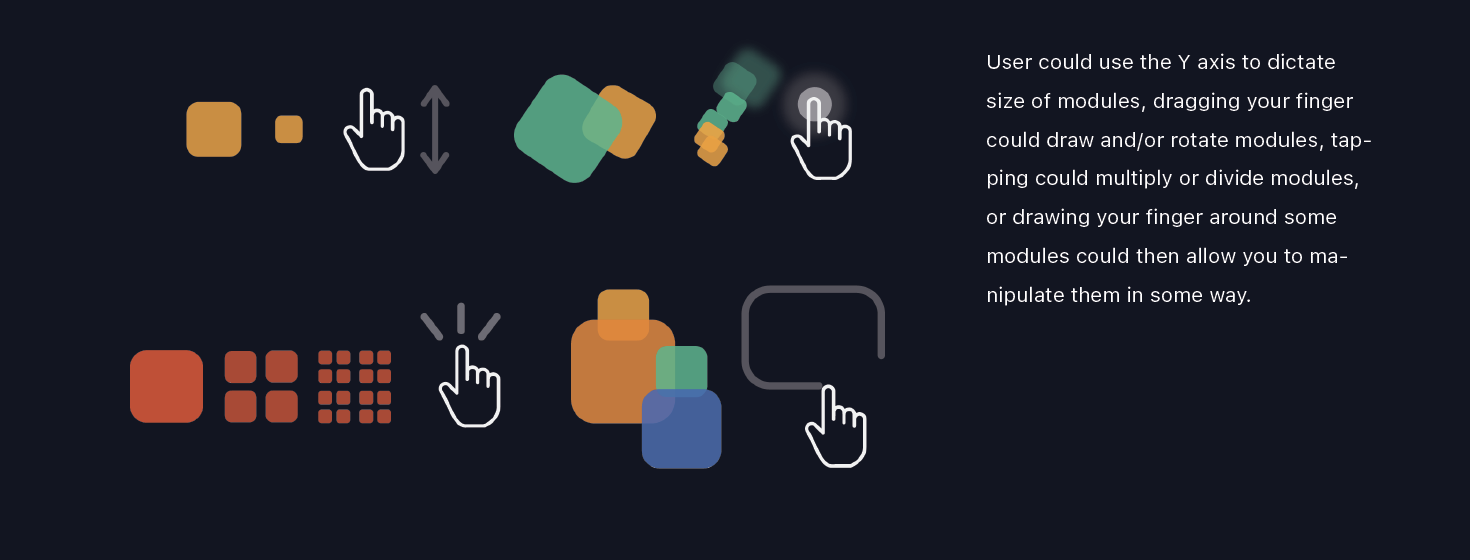
CONTINUED VISUAL EXPERIMENTATION

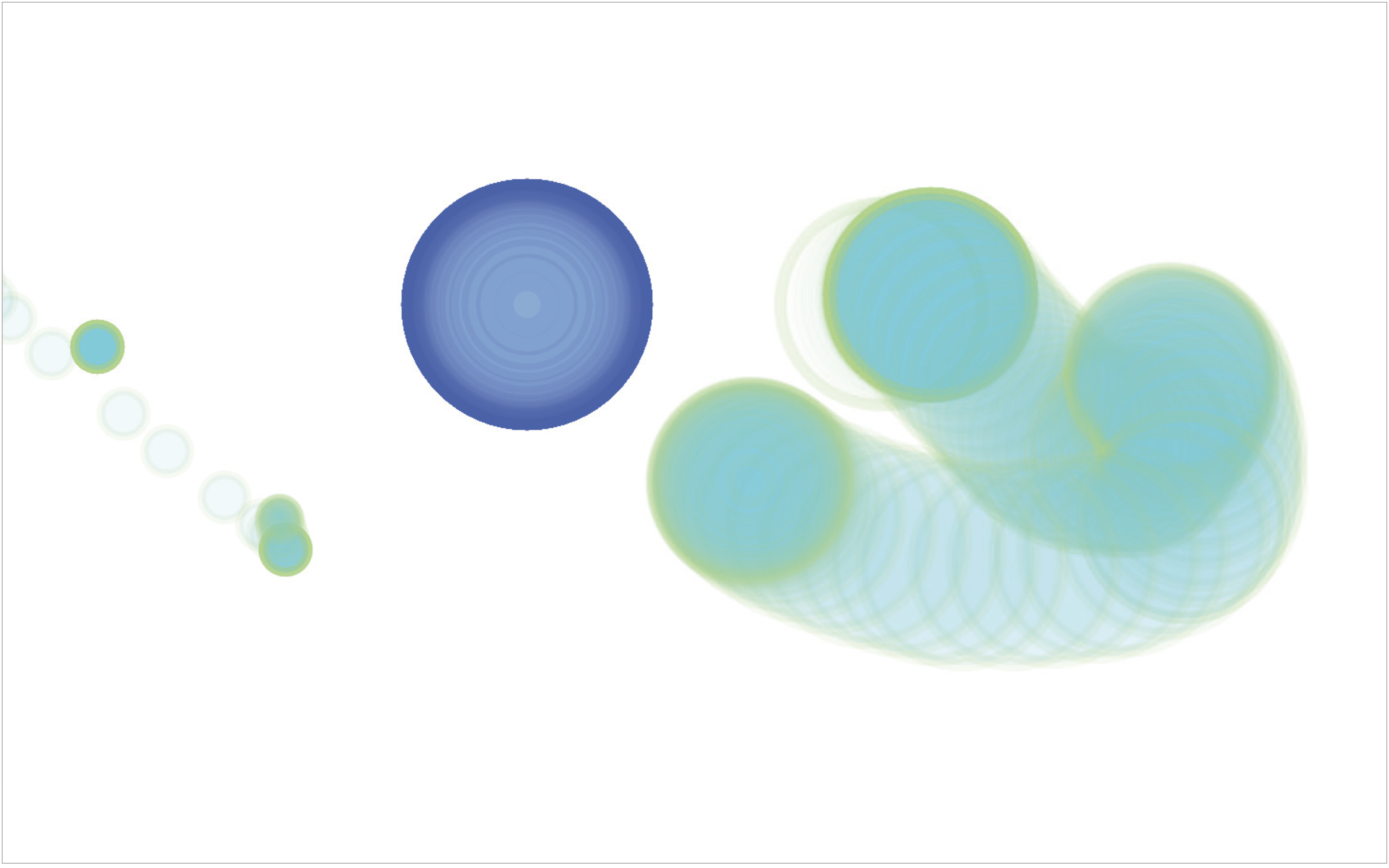

INTERFACE IDEATION
I came up with an information hierarchy and flow of a child interacting with the app and brainstormed how they would share their artwork with other children within the hospital network.

REFINED INTERFACE
The most fun aspect of this app was visualizing how a child would pick colors as part of their visualized song. I liked the idea of a color wheel (a visual that most children are familiar with from art classes).
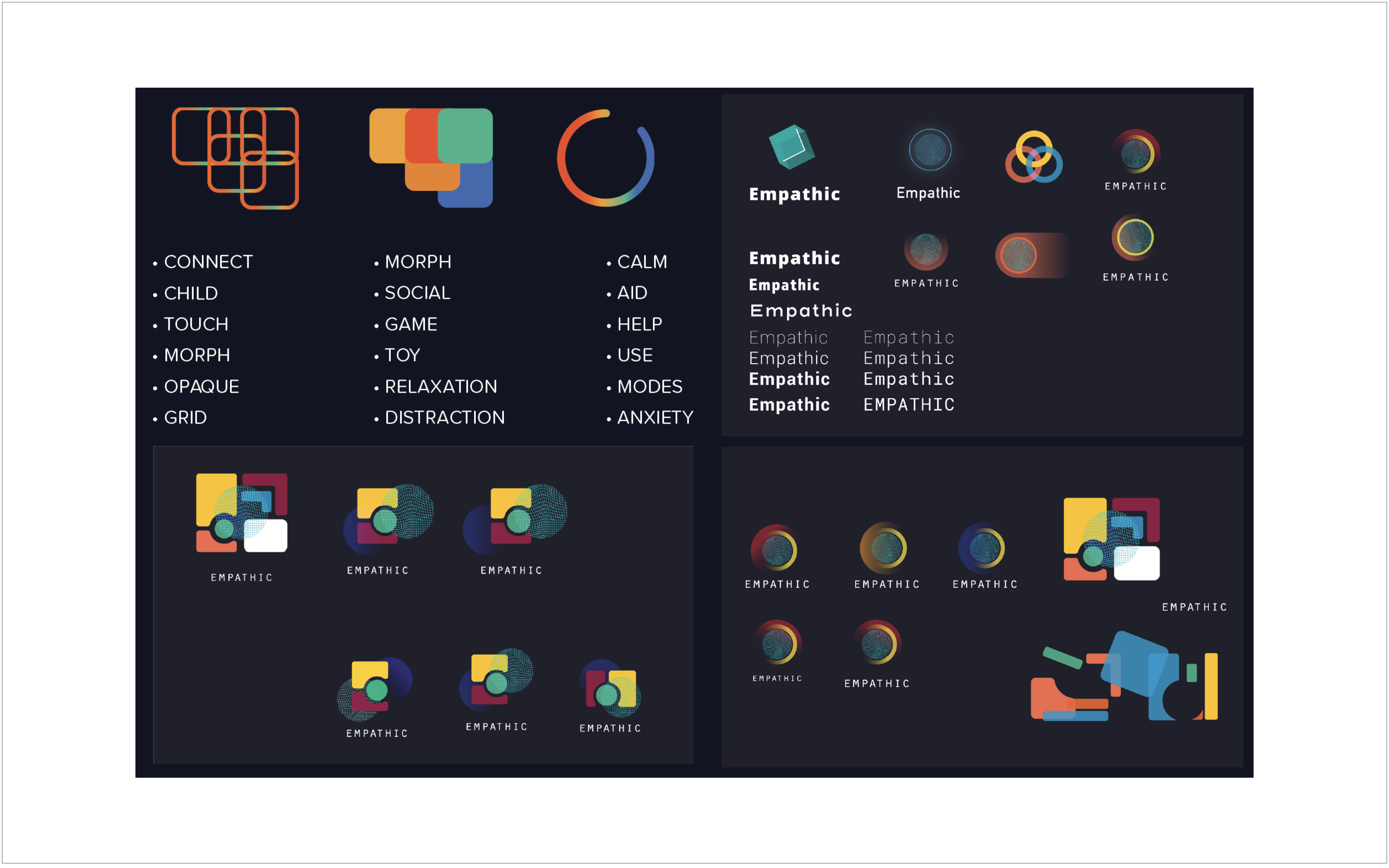
BRANDING EXPLORATION
To make the project more realistic, I branded it as though it was an app readily available in the app store.
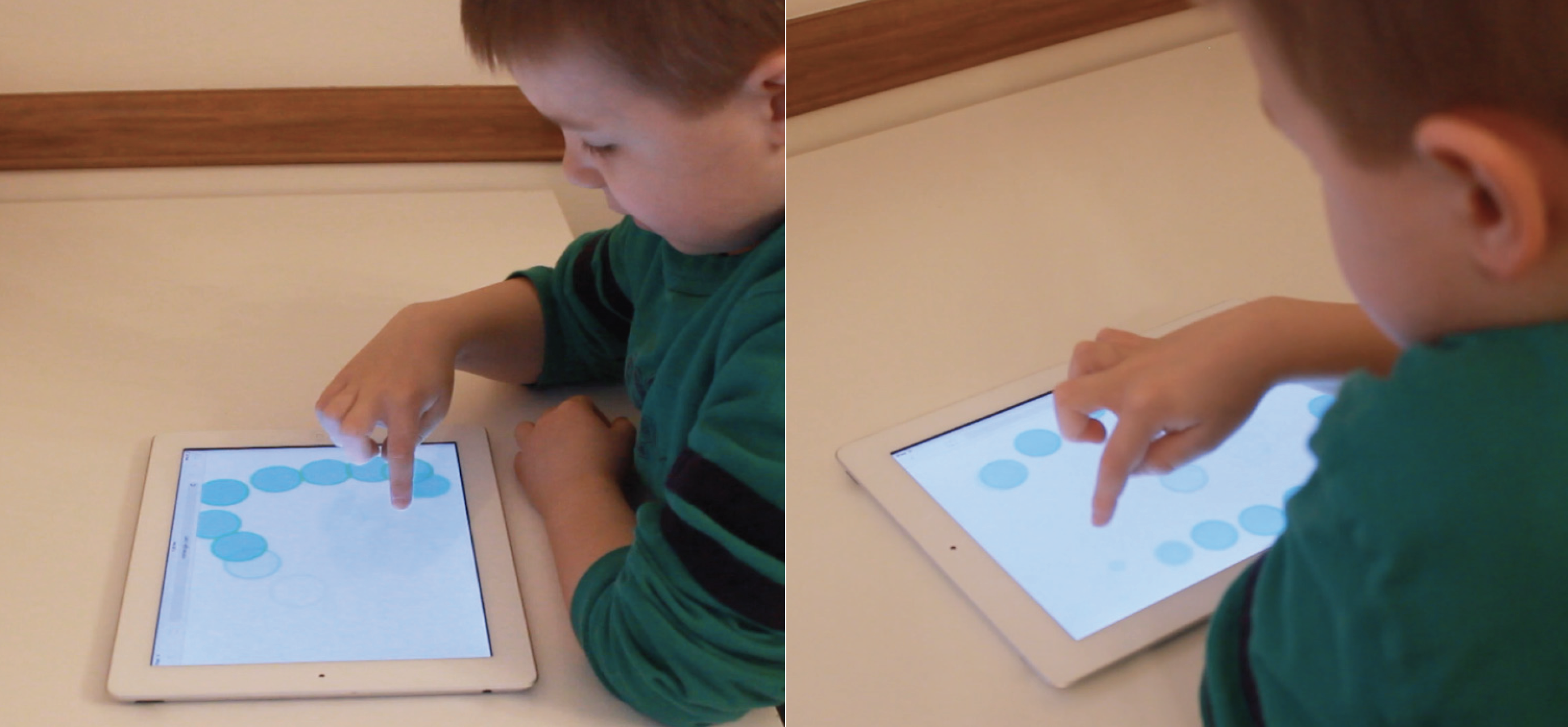
USER TESTING & APP DEVELOPMENT
I was able to get a prototype of visualized song on an iPad and had a couple of my family friends' children play with it. The children were very happy with the version where shapes pulsed on the screen related to the amplitude of a song. They were also pretty mesmerized drawing circles on the screen — circles that faded away with the music.

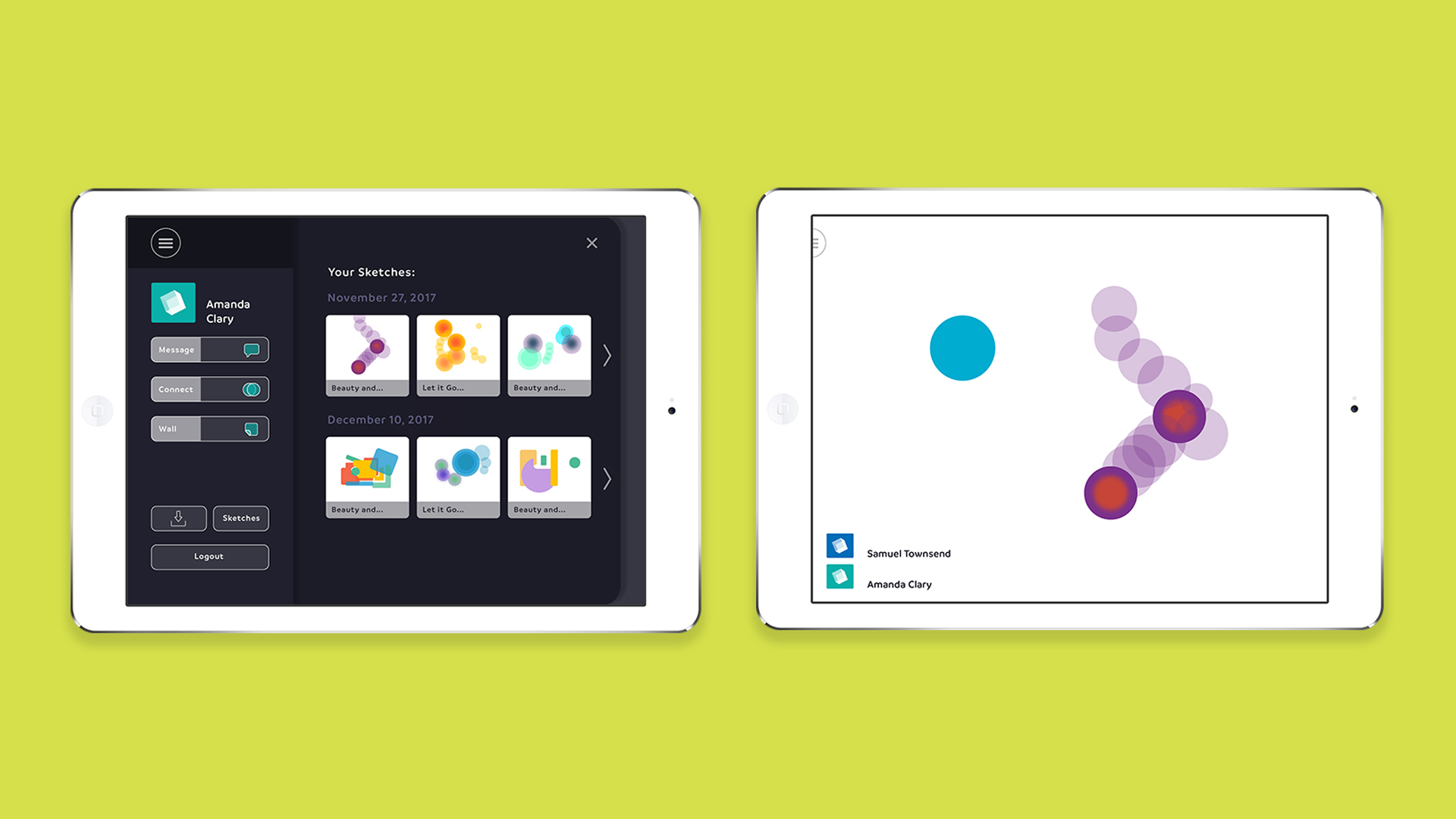
FINAL DESIGNS
These are some screens from the final application. Looking back, I would refine the designs and make everything less bubbly. Even though the application is for children, I may have overdone it a bit with the overall visual language. I would also refine my typography choices as well.
